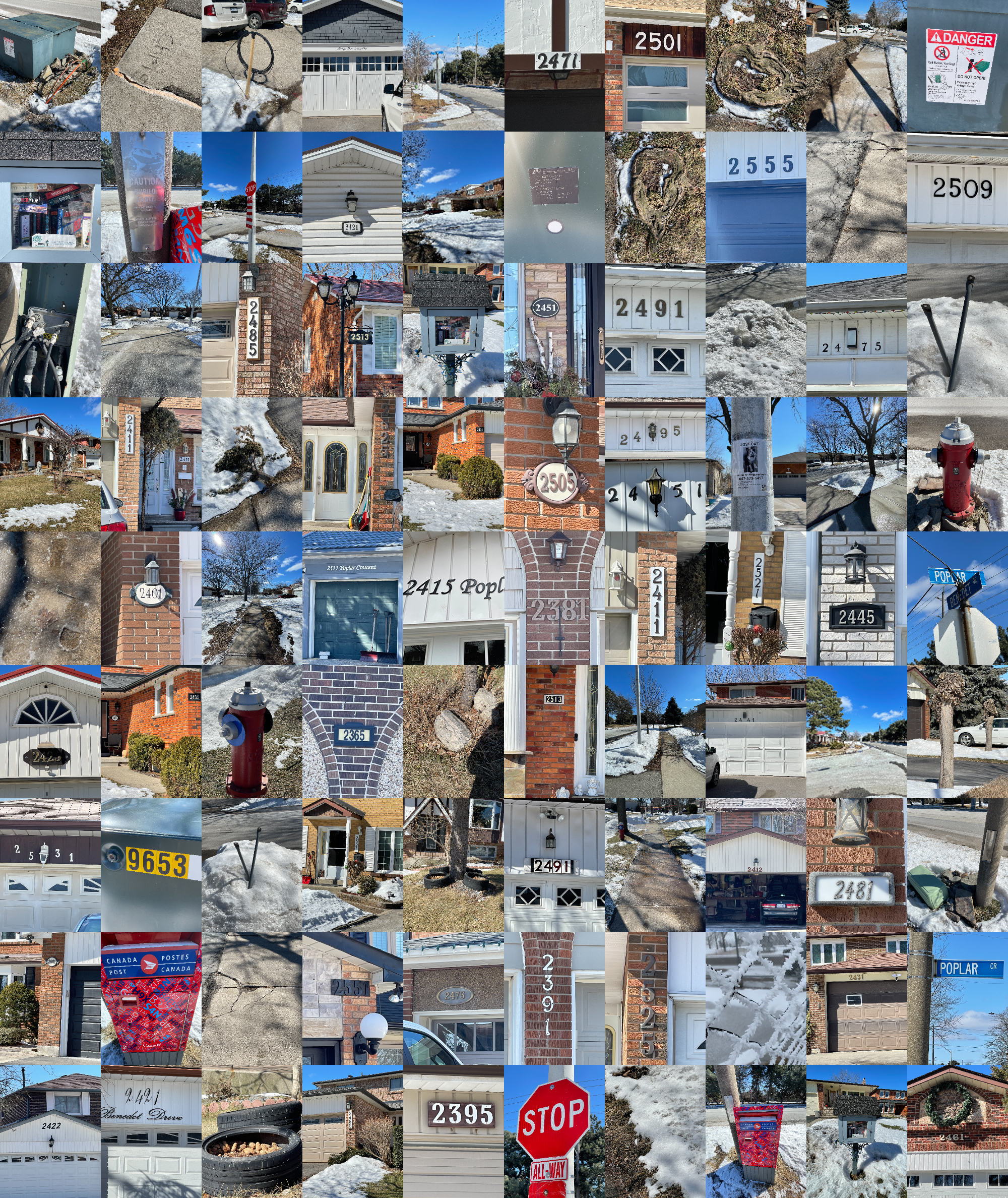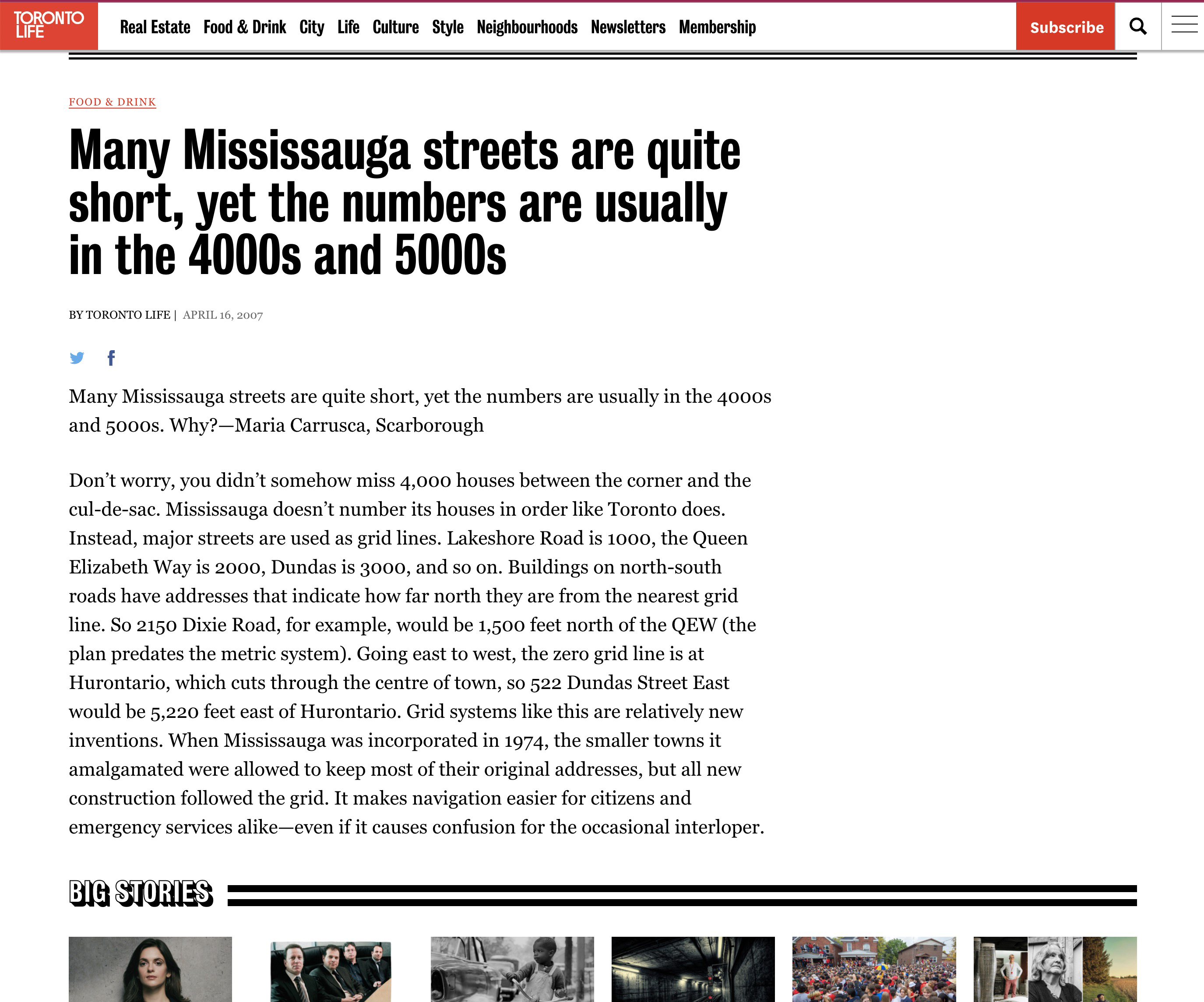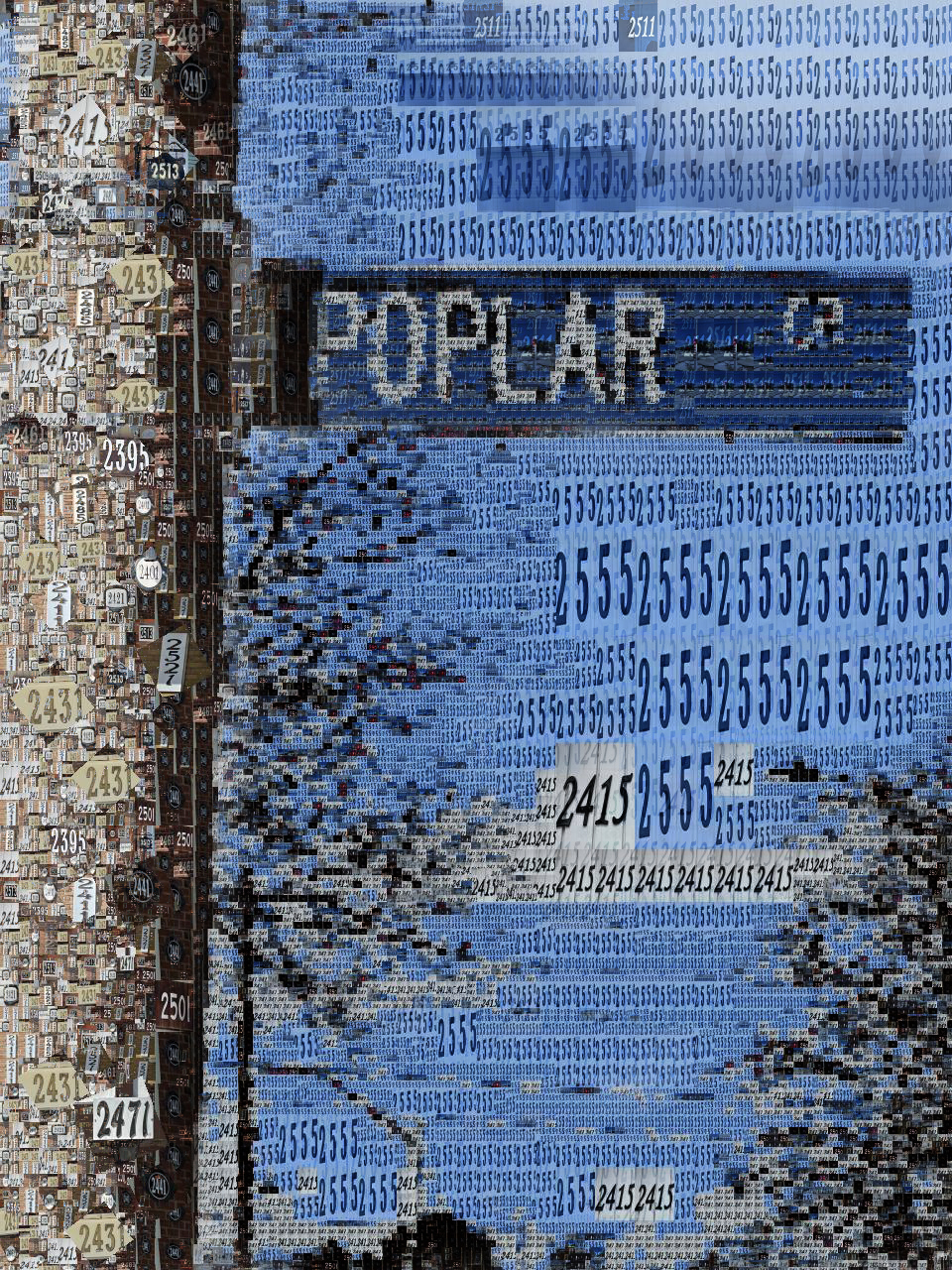GDE 710
WEEK 6
Noticing the ignored
This week we begin by looking into how we observe our environment, how we go about documenting our surroundings. We also explored different ways of looking and seeing. This week it became evident to me how much things have changed during the COVID-19 pandemic. Two things stood out: #1 how much I have changed... since I have an underlying condition and am more vulerable I have spent most of the two years indoors. This has changed my past normal of going out just for the sake of exploring, which I used to do alot of. #2 just how much the world around me has changed. Walking along roads and visiting neighbourhoods and malls which used to be brimming with activity look like abandoned ghost towns. This week really got me in touch with my "explorer" side, and I am feeling grateful. If there is one thing I could change, I wish the weather was warmer as it was hard to stay outdoors for so long because of the below freezing temperatures outside. I plan on doing this exercise again in the spring. The main questions driving this weeks inquiry were:
How do I use the unnoticed?
How do I use recording tools to capture information?
How can you REALLY look at something from multiple ways of seeing?
How can you capture and record in multiple ways?
How do you find unique insights to a problem? How do you look into, research and record this process?
There were a lot of resources this week. Susan aptly said that we should consider the lecture an 'archive' to return back to. At first I was super overwhelmed because there were so many different examples that were covered. Here I've shared my thoughts on some—not all—of the reources that stood out for me.
The Situationists International

The Situationists International was a new topic for me. During the lecture, I struggled a bit to understand what was being said and who they were. After taking notes and letting the ideas sink in, I decided to read up more about them. The Situationists International were a group of avante-garde post-war bohemians who harboured a deep dislike of the 20th century capitalism. The group was founded in a pub in Paris and comprised of mainly artists and writers, including Guy Debord and Asger Jorn. The thories they formed were in response to the growing levels of consumerism and increase in material possessions. They believed that capitalism produced dissatisfaction and human fulfillment was to be fround in experiencing the joy of living. Over their 15 years of existence—from 1957 to 1972— the Situationists displayed their view in various mediums including art, various books, film, The Journal and graffiti. Key concepts of the Situationists are presented below.
The Spectacle
The Situationists' ringleader Guy Debord coined the term 'Spectacle'. The concept derived from Marxist theories around accumulating commodities, the idea that society values objects over people. The Situationists believed that people were being alienated and their quality of life was being injured by mass media and consumerism. In reponse to this they sought out to create moments of life called 'spectacles' where everyday life was celebrated and transformed into art.
The Spectacle is a fake reality which masks the capitalist degradation of human life.
Guy Debord
There were two main 'techniques' The Situationists used to 'change the world' and create 'spectacles'— the Dérive and the Détournement.
Dérive
The Dérive was a technique developed by The Situationists that consisted of wandering through the city and being either drawn to or turned off by particular attractions along the way. The word is French and lierally means 'drifting'. The dérive was a technique/strategy for moving rapidly around a city or a pace, wandering aimlessly without a direction or destination in mind. The Situationists would practice this and wander around looking at the cities buildings, streets and ambiance, aloowing them to see the city of Paris in a new way and discover aspects that they hated. This not only helped them to become aware of these spaces, but at the same time helped them to look for ways to change them.
A mode of experimental behavior linked to the conditions of urban society: a technique of rapid passage through varied ambiences. The term also designates a specific uninterrupted period of dériving.
Situationist International, Definitions, 1958
To do a dérive, walk without a destination in mind, following what catches your interest. The idea is also to absorb the 'psychography'—the way a space or environment makes you feel and behave—as well as the surrounding attractions. What shifts while doing this is you interact with the space differently and observe your surroundings in ways you haven't before, hence exposing the previously 'unnoticed'.
Détournement
Détournement is French for 'rerouting, hijacking', 'to deflect or redirect” and suggests a strategy of 'hijacking' by turning known ideas or images into something new and different with the intent to communicate opposing ideas in a familiar guise.The Situationists would do this by turning expressions of capitalism and it's media culture against itself. The original media/advertisement/art that is 'détourned' would often reuse some of it;s original visual characteristics so as to be familiar to the target audience, this way they would be able to appreciate the opposition of the meaning of the new piece.
There can be no situationist painting or music, but only a situationist use of those means... [it] is a method of propaganda, a method which reveals the wearing out and loss of importance of those spheres..
Situationist International, Definitions, 1958
Concluding thoughts on the Situationists International
I found this topic very insightful and how a simple practice of wandering and choosing to not do things as they are, the status quo, a different set of meanings can be uncovered or even how a certain narrative can be flipped and communicated in a way that conveys a different meaning. It also showed me how we can challenge the meanings around us, especially when they are in the way of our human expression and design mindful practices as designers to create a different point of view and way of looking at the world.
Rachel Gannon— Frontiers

Crossing a frontier is quite an emotive thing to do: an imaginary limit, made material by a wooden barrier which as it happens is never really on the line that it purports to represent.
George Perec, Species of Spaces and other Pieces, 1974
Rachel's work documents borders of the UK by casting our attention to the docks at Tilbury and Rover which are considered a 'border zone' What I found interesting about this work was the charcoal-like subtle quality of the paintings. Although these paitings document the idea and the structures and signposts in it. It has a poetic quality to it which questions how defined these borders and lines are on these frontiers. The idea according to her description of the work also looked at the idea of what kind of view UK residents have of the world looking out from these 'borders' and what view does the world have looking in.
Rachel's work made me thing about the way we represent something takes on a certain quality. It is a representation of the original but in a new way. This also made me think of John Berger's videos on 'Ways of Seeing' when he demonstrates how meaning of how we interpret the stuff we see can change based on how the work is viewed, which parts are shown, which parts are hidden and the surrounding ambiance.
Stephen Gill—Hackney Flowers

This is a warm, poetic and visually exciting book containing images that leave an overwhelming sense of colour, emotion and rhythm extracted from a single borough of London.
Susan Edwards
Stephen Gill uses his surroundings as the inspiration for his work. This work, from the series Hackney Flowers, evolved from collecting flowers, seeds, berries and objects and pressing then layering them against his own photographs and found ephemera. Some photos had been buried for a time to allow discolouring. I found this approach that Stephen Gill used as an interesting exploration of his surroundings, the juxtaposition of collected pieces of the environment with his fragments of his own photographs and items to create a new image that is unlike anything we naturally see made the concept of the 'détournement' visual for me. Although I don't know if he was actually doing it with that philosophy in mind because it wasn't a hijacking but more of a beautifully poetic fusion of him and his surroundings. A very beautiful exploration into place, time and personal expression.
Laura Coombs—Sentimental Time Item

The reader must choose how to read the book—one column at a time, all three simultaneously, or in a random, choose-your-own-adventure pattern,... I also added a ‘now’ glyph to each typeface used,” she explains, “n-o-w surrounded by an oval shape replaces the word ‘now’ anywhere it appears, reminding the reader to be ‘in the now’.
Laura Coombs
As a graphic designer Laura Coombs work 'Sentimental Time Item' blew me away. Since I think very much in terms of layout of information the fact that Laura created a simultaneous reading experience we three levels of different information function as a running multiple page document was genius! I could feel the 'journeys' and the sense of three different 'times' being experienced in the columns. I absolutely loved the idea she used of a 'now' glyph that she created and inserted into every font, I often create glyphs using arabic honorifics that seem to serve as visual pauses when consuming long scholarly publications. This was one of my favourites in the 'archive' of this week's lecture.
Workshop Challenge
CHALLENGE: This week will involve you going out to really look, explore and record a local geographic area. Be prepared, plan your trip and visit several times; perhaps even at different times of day / night. Identify your chosen geographic location. Select a street nearby to you within 1 or 2 miles from where you live. Document it, explore it, evidence it. Come up with something unique to your street. Present your interpretation of your street in the media and format of your choice.
How do you look, research and record to find a unique insight to a problem?
This week's challenge—when I heard about it through the lecture—was exciting to me because it's been so long being indoors during the past two years of the pandemic. Any chance to go outdoors and get off the chair made me happy. I perused Google Maps and looked at everything inside the two-mile radius. I found a street called Orr Road which is near Lake Ontario. I have always wanted to explore the area near Lake Ontario as I love exploring areas near bodies of water. Orr Road also is home to some very old buildings and is part of the native land of the Indigenous people. However, in Canada it was super cold, way below freezing, and Orr Road was too far away from home. Since the idea was we visit this street multiple times, on multiple days, I decided to go with a street closer to home. Somewhere I could walk and wouldn't have to take an Uber, and somewhere where I could get back home quickly if I started feeling very cold. We had weather and wind warnings this week and it just wasn't the best time to be outside.
I chose Poplar Street, a quite residential street close to my neighbourhood. I decided this is where I would do my dérive style wandering. Another reason why I thought this would be a challenge is because the idea behind derivé and this week was finding or seeing something interesting in the mundane. If I chose an interesting street like Orr Road, there would already be a lot of interesting stuff. Choosing a normal street I wanted to see if exploring it in this way would yield a boring expected result or an interesting unexpected result. So in this sense it was an experiment for me.
Equipped with my camera and iPhone I went about snapping pictures and recording sounds. It was a better day than most although still heaps of snow. When reading up on derivé the idea was also to do a quick walkthrough instead of a long, slow leisure walk. I took photos of everything I came along the way anything interesting to anything ugly. It felt like seeing the neighbourhood newly. I enjoyed it but had to walk fast as within a few minutes my hands and toes were starting to hurt because of the freezing temperatures.
I made a few trips at different times. I noticed a few things that stood out to me. Poplar street was a winding street, and it had lots of houses. What was interesting about the houses was that since this neighbourhood was not super new, the houses didn't look identical like cookie cutter floor plans that builders use today where every house looks the same. I also noticed the typography on the road, the signage and especially the house numbers. There was no consistent font, and unlike other neighbourhoods it seemed like people had really invested in having different and nice looking numbers. Another thing that stood out about the numbers were that they were all 2000 something. Which I found very odd. Usually when you think of addresses and house numbers they are in 2 digits not 4. That got me wondering, and was defnitely something I hadn't even thought about. The houses also used different shapes and plates to house these numbers. And some numbers were laid out to accomodate other things like a light or a camera.

I decided to focus on the numbers as I felt they were the identity markers of the street and each had their own unique flavour and personality for the houses they marked. After researching on the city website I learned that the reason they were in the 2000+ number was zoning based on which major road is linked to that neighbourood. See the news article below that I found:



I focused on all my photos and cropped out and isolated all the house numbers and looked at them individually. The first idea I had was to create a font for the numbers. However the more I thought about it the less it seemed to embody the unique flavour of the street. I realized I wanted to use the numbers but at the same time create a composition that would give someone a different way to look at the street.
I chose a photo of Poplar Street signage as the base. And wanted to achieve an effect where the numbers would be the 'pixels' that would form the image. I had no idea how to achieve this and it made sense in my head.
Some coding would work to randomize these images so I tried out a software called StudioArtist and chose my base image and started to play with the numbers. The software helped to randomize some of the pixels but it still didn't look like what I wanted to. So I went back into Photoshop and manually worked with the numbers to create variety and texture.

Final outcome
After much tweaking and playing around with the various images making some small some big, I finally arrived at the final image. Here it is:

Ideas Wall
Here I share my contributions to others on the Ideas Wall. I did not receive any comments from my peers on the Ideas Wall this week.

Final thoughts and reflection
It was quite the week, I think this was by far the hardest challenge. I struggled a lot, and doubted what I was doing frequently during the week. The approach I took was definitely a risk for me because I had no idea if it would actually work. I think I remembered what Non-Format was talking about in a previous week. When they would just use a software even if they didn't know how and that would yield interesting results. I think I was in that space this week. I was surprisingly very happy with my reault. I felt it really emobodied and make the ignored and boring street take on an artistic personality and flavour. My final outcome also really celebrated the houses and their identity via the numbers. I'm ultimately satisfied, even though it wasn't the most comfortable week or challenge for me. I was also very overwhelmed by the amount of content shared in the lecture. So while I started taking notes I didn't end up taking detailed sketchnotes like other weeks, and focused on points for specific projects in the video to discuss on the blog instead. Hope you enjoy the outcome as much as I did.
Thank you for taking the time to read this.
© Nida Khan, 2020 — All rights reserved.
Contemporary Practice
Week 1 • Introduction
Week 2 • Industry Today
Week 3 • Fields of Practice
Week 4 • The Self and Identity
Week 5 • Thoughts on Ideas
Week 6 • Noticing the Ignored
Week 7 • Research and Theory
Week 8 • Skills and Making
Week 9 • Message Delivered
Week 10 • Type and Page
Week 11 • Trends and Environments
Week 12 • New Steps
History & Futures
Coming soon...
Studio & Entrepreneurship
Coming soon...
Application & Interaction
Coming soon...